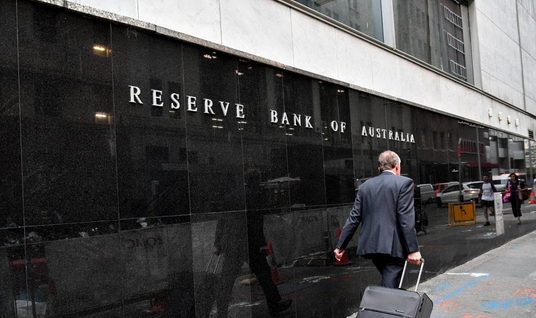Eight weeks after the RBA resumed cutting interest rates, data from core login showed where that cheaper money had gone too.
House values in Sydney jumped by 1.5% in August while in Melbourne they were up 1.8%.
This was due to back in August the RBA did a half percentage point reduction in the official cash rate which was bedded down into mortgage rates and house value rates.
Just to give a bit of clarity on this, if this trend continues over the next 12 months, the median house value in Sydney will be $950,000 while in Melbourne it will hit the $750,000 mark.
When the reserve bank in Australia started cutting interest rates, they were very clear about the reasons.
The most outstanding point made by Philip Lowe was that Australia can do better than a jobless rate of about 5%.
Cuts in interests rates as explained by the RBA means that the previous June cut would would work through the exchange rate by putting a downwards pressure on the Australian dollar and would also increase the average Australians disposable income level.
Lower interest rates will always put more money into the hands of the household sector and at some point and at some point this extra money gets spent and helps boost the Australian economy.

Though when this happens do Australian’s actually spend their money on more disposable retail products, really?
Recent statistics have shown that in July retail sales fell in Australia by 0.2% which took into account all of the recent cuts in June.
Australian households have been know to decrease spending habits during adverse macroeconomic shocks such as global financial crisis events.
Australian debt levels are still off the chart, as the proportion of household income that goes to interest payments is back where it was in 2018 when the official interest rates where 1.5% points higher.
This is why the RBA wants governments to both bring forward quality infrastructure and engage in some important structural reforms.
Low interest rates may not be the best lever to deal with the issues facing the Australian economy at present, though they have been cut twice already this year in 2019.
There are plenty in the Australian government who don’t want to go down the tough path of politically dangerous economic reform, rather they would prefer to juice the economy via the Australian housing market.
The RBA is focused on home buyers in coming years and decades.
The reserve bank plans to use lower interest rates to get the economy motoring along does require governments both local, state and federal to do their job properly.
If this does not happen Australia will end up with more expensive housing, bigger mortgages, less online trading, more debt and even larger long term problems in 2020 and beyond.
